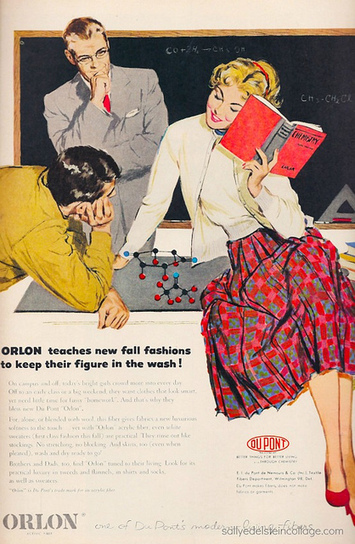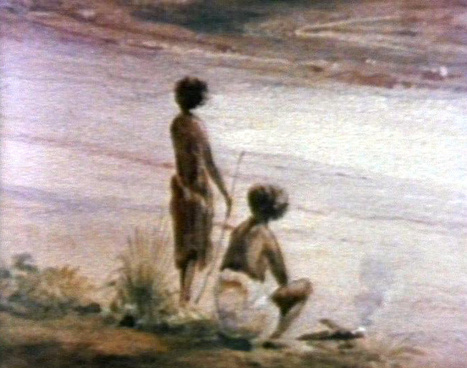Via Catherine Smyth
Get Started for FREE
Sign up with Facebook Sign up with X
I don't have a Facebook or a X account
 Your new post is loading... Your new post is loading...
 Your new post is loading... Your new post is loading...

Catherine Smyth's curator insight,
February 19, 2014 5:19 PM
A classroom teacher talks about how the process of digital storytelling helped immerse her students in the past as they learnt about colonial times. 
Education Creations's curator insight,
June 5, 2014 9:13 PM
This site is a good example of how to use a digital story telling tool in your history classroom.

Catherine Smyth's curator insight,
October 7, 2013 9:46 PM
What was school like in the 1950s? I love these visual images that seem vaguely familiar!
|

Catherine Smyth's curator insight,
March 9, 2014 8:20 PM
What did Sydney look like in the 1800s? Use this short clip of paintings by Conrad Martens to show significant buildings and land forms of the early colony. Teaching notes accompany the clip. 
Catherine Smyth's curator insight,
March 9, 2014 8:25 PM
Use primary sources, such as paintings that were done at the time, to show what places were like in the past. In this 2 minute clip, the paintings by the artist Conrad Martens, provide a historical record of the early Sydney colony from 1835-1870. 
Catherine Smyth's curator insight,
March 9, 2014 8:42 PM
Paintings are a valuable source of information about a place in the past and can be used to develop historical understanding of concepts such as change and continuity or significance. Use this short clip of Conrad Martens' paintings to show what Sydney was like in the 1830s-1870s. |














Planning historical inquiry in the primary classroom
To help young children develop an understanding of the past, teachers can design a historical inquiry around topics that are relevant to their students (e.g. school, family, toys)
Teaching ideas:
For further reading:
Cooper, H.(2002). History in the early years.
Husbands, C. (1996). What is history teaching?